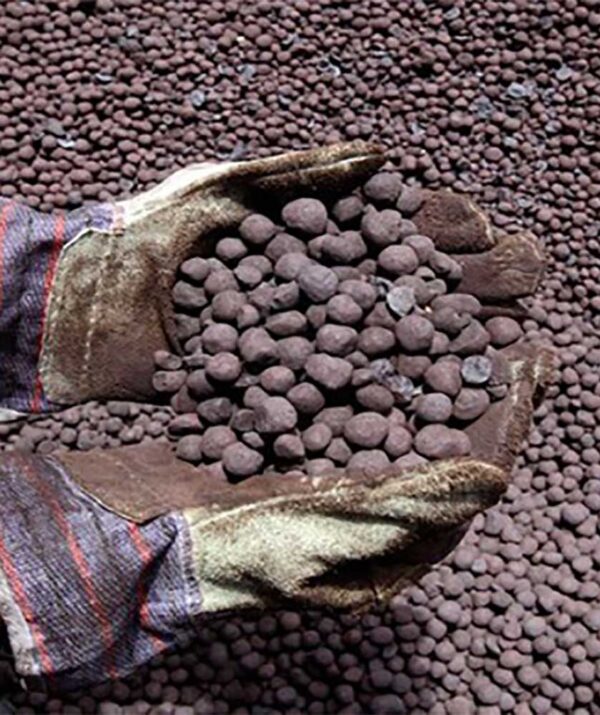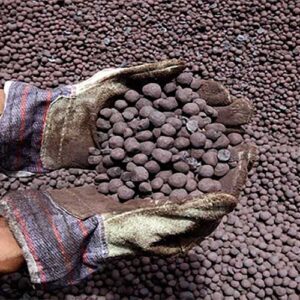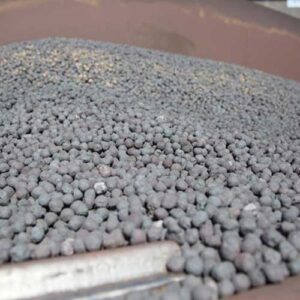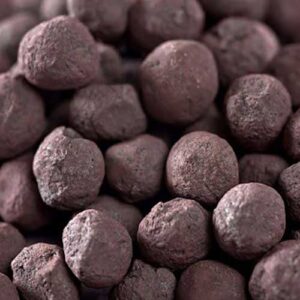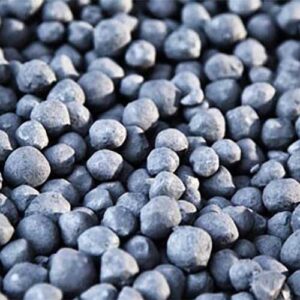Sign In

Direct reduced iron (DRI), also called sponge iron, is produced from the direct reduction.
Hot Briquetted Iron (HBI) is a relatively new product, developed in the past 25 years.
Hot rolled coil is rolled on a hot strip mill from slabs.
Hot rolled from steel billet, wire rod is delivered as coil, most commonly.
Billets after reheating and passing through the Descaler unit are rolled in a State.
A billet is a length of metal that has a round or square cross-section, with an area.
A slab is a length of metal that is rectangular in cross-section.
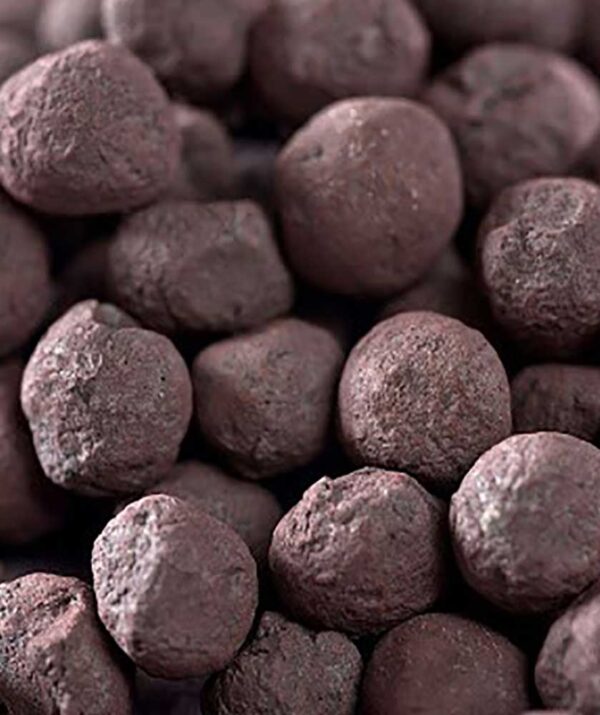

Direct reduced iron (DRI), also called sponge iron, is produced from the direct reduction of iron ore (in the form of lumps, pellets, or fines) to iron by a reducing gas or elemental carbon produced from natural gas or coal. Many ores are suitable for direct reduction.
Reduced iron derives its name from the chemical change that iron ore undergoes when it is heated in a furnace at a high temperature of 800 to 1200 °C in the presence of a reducing gas called syngas which is a mixture of hydrogen and carbon monoxide.
Direct reduction refers to processes which reduce iron oxides to metallic iron at temperatures below the melting point of iron. The product of such solid-state processes is called direct reduced iron.
* residual unreduced oxides, mainly SiO2 and Al2O3,, but also CaO, MgO, MnO, etc.
